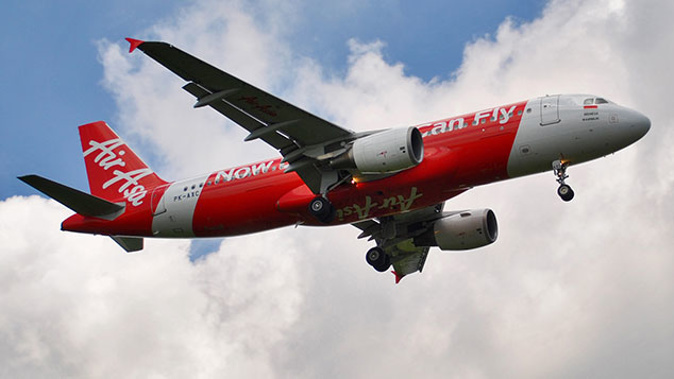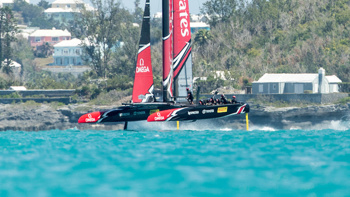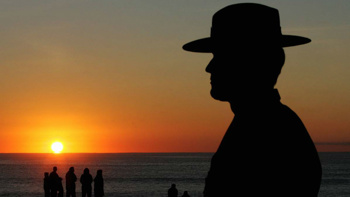
The missing AirAsia aircraft was likely flying too slow when it encountered bad weather conditions, according to aviation experts.
Flight QZ8501, an Airbus A320, went missing on Sunday morning while travelling from Indonesia to Singapore.
As the search operation resumes on Monday morning, speculation on what may have happened points to weather, speed and an older radar system.
Geoffrey Thomas, aviation expert and editor of airlineratings.com, spoke to several check captains and believes the pilot of the QZ8501 encountered difficult weather conditions but flew too slow in his efforts to avoid it.
"Pilots believe that the crew, in trying to avoid the thunderstorm by climbing, somehow have found themselves flying too slow and thus induced an aerodynamic stall similar to the circumstances of the loss of Air France AF447 to crash in 2009," Mr Thomas told AAP.
The Air France AF447 crashed into the Atlantic Ocean in 2009 while en route from Rio De Janeiro to Paris.
"The QZ8501 was flying too slow, about 100 knots which is about 160 km/h too slow. At that altitude that's exceedingly dangerous," Mr Thomas said.
"I have a radar plot which shows him at 36,000 feet and climbing at a speed of 353 knots, which is approximately 100 knots too slow ... if the radar return is correct, he appears to be going too slow for the altitude he is flying at."
Mr Thomas said this should not happen in an A320, a sophisticated aircraft, so it appears as though it's related to extreme weather conditions.
"He got caught in a massive updraft or something like that. Something's gone terribly wrong," he said.
"Essentially the plane is flying too slow to the altitude and the thin air, and the wings won't support it at that speed and you get a stall, an aerodynamic stall."
The A320, while sophisticated, is not equipped with the latest radar, Mr Thomas said.
The radar used by the A320 can sometimes have problems in thunderstorms and the pilot may have been deceived by the severity of these particular ones.
The latest technology radars, which were pioneered by Qantas in 2002, can give a more complete and accurate reading of a thunderstorm, but they haven't been certified for the A320 until next year.
"If you don't have what's called a multi-skilled radar you have to tilt the radar yourself manually, you have to look down to the base of the thunderstorm to see what the intensity of the moisture and the rain is, then you make a judgment of how bad it is. It's manual, so it's possible to make a mistake, it has happened," Mr Thomas said.
Take your Radio, Podcasts and Music with you









